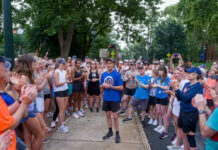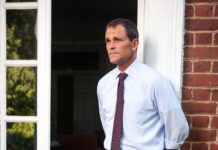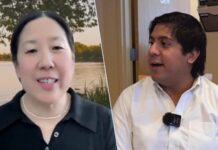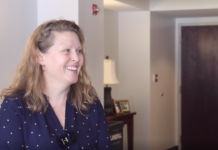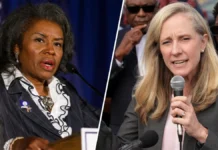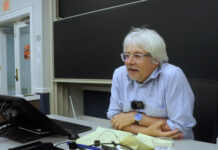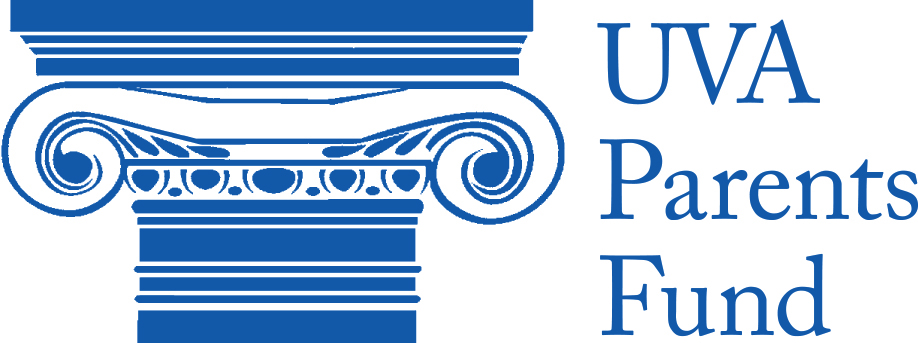This coming Sunday marks the 55th anniversary of Martin Luther King Jr.’s visit to the University of Virginia. His assassination occurred about 50 years ago on April 4th, 1968. With these important anniversaries in mind, WUVA News took a closer look at UVa’s enrollment statistics in order to find evidence of real racial changes since Dr. King’s visit.
King was invited to speak in Charlottesville approximately half a century ago by Wesley Harris, an African-American engineering student at UVa. According to an interview conducted by UVA Today, Harris was one of only eight black undergraduate students at the time.
Harris noted UVa’s attitude towards King back in the 1960s, stating that: “The University didn’t have the courage to acknowledge [MLK].” This however, has changed.
Last week on March 13th, university leaders invited the Virginia Martin Luther King Jr. Memorial Commission to gather in Old Cabell Hall for one of their 12 public round tables in honor of MLK Jr. and his historical trips to the state.
This event is an example of the school’s recent push for inclusivity and historical accuracy regarding racism and slavery on grounds. Other initiatives include the Memorial to Enslaved Laborers, which commemorates the slaves who helped to build UVa. The project was approved in June of 2017.
The State Council of Higher Education for Virginia, or SCHEV, has created comprehensive “institutional profiles” for local colleges since 1992. Their database for the University of Virginia includes statistical analyses of the undergraduate student body, including information related to race and ethnicity.
According to their research, the current number of black undergraduate students has increased from the estimated eight in 1963, to 1,101 in the fall of 2017. The percentage of enrolled students of color has grown by 11.3 % since 1992, while the percentage of black students has decreased from 11.5 to 6.8%. In comparison, combined data from all reporting institutions shows an increase in black students from 16% to 17%.
Currently at the University of Virginia, there are 326 fewer black students enrolled than there were in 1992. The lowest documented number came in the fall of 2014, with 992 black students accounting for only 6.4 % of the total undergraduate student population.
First year engineering student Robert Peacock III expressed his surprise about the overall decrease in the last 25 years. African-American himself, Peacock stated: “This shocks me because there seems to be an increased call for diversity here at UVa, but the statistics say otherwise.”
Another African American engineering student, who wished to remain anonymous, pointed out the recent increase in publicity surrounding Historically Black Colleges and Universities, or HBCU’s.
“Now there are so many more choices,” he said. “Black kids can come here and be a part of that small percent, or they can go to an HBCU and be a part of the majority. I think that for some people, that [majority] can be a much more comfortable option.”
There is likely a multitude of possible explanations for the drop in black enrollment at UVa. The facts nevertheless point to a growth in overall inclusivity since King was last in Charlottesville. Students of color, then fewer than 10, now number 5,215.







